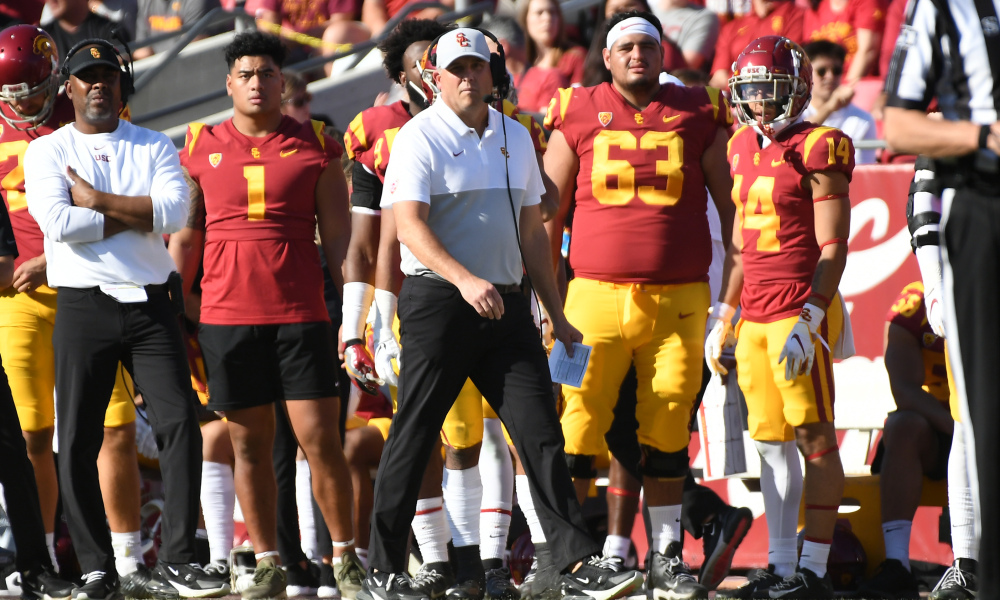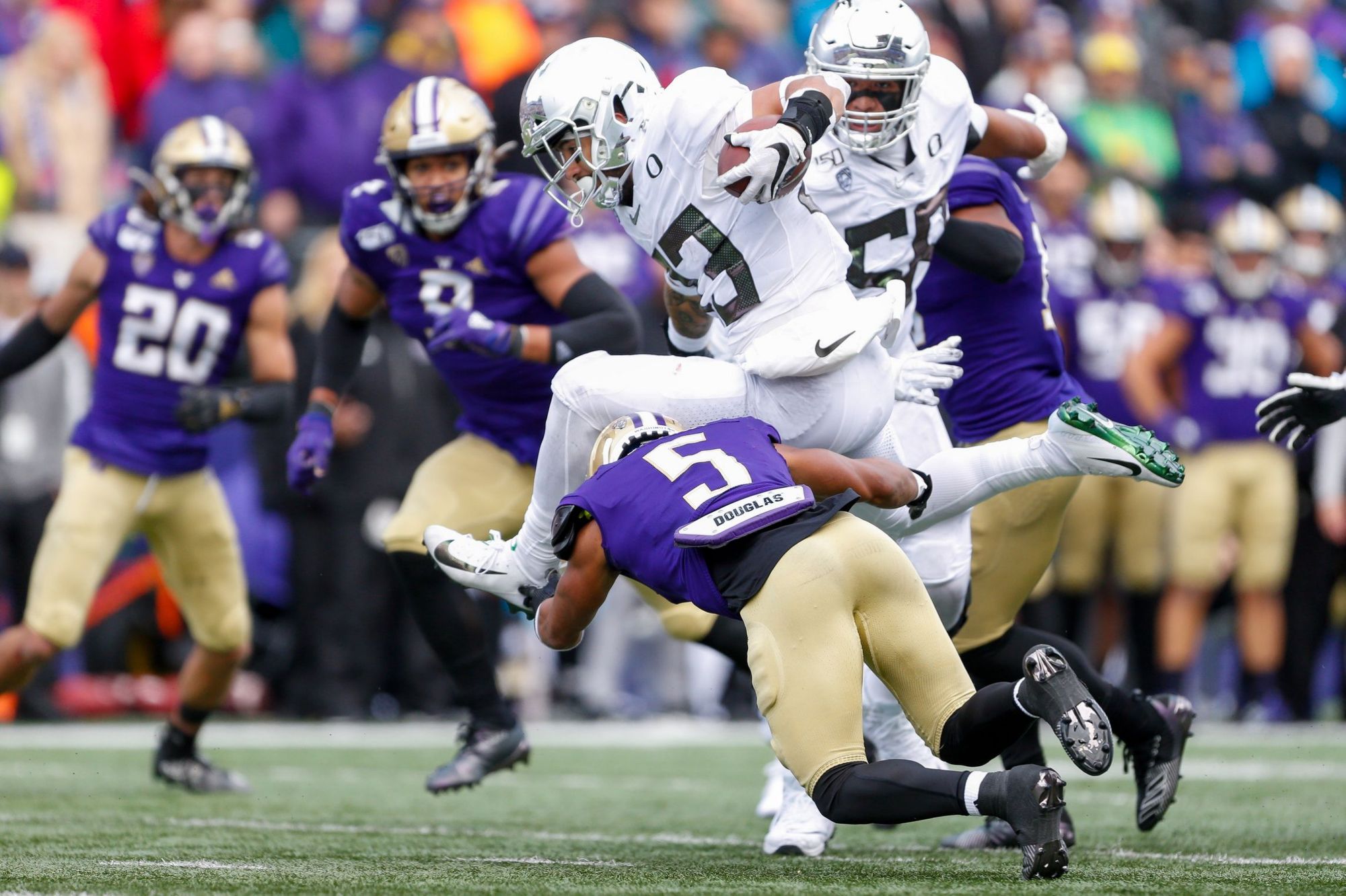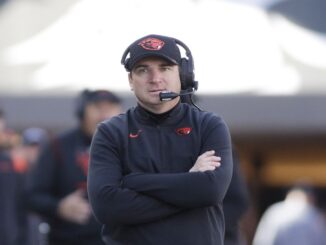
The Pac-12 Conference has a bit of a viewership problem as it pertains to college football and the national stage. It’s not that the two times one of its teams has made it to the College Football Playoff—Oregon in 2015 and Washington in 2016—they got their doors blown off by a superior team (Oregon by Ohio State and Washington by Alabama). The problem is that the Pac-12 plays many of its games at night when the main college football viewership on the East Coast is already asleep or is fatigued from having watched football all day long.
The reason for this is somewhat complicated. A major factor is time zones. College football games traditionally occurred on Saturday afternoons, either at noon or at 3:30pm. This is when most games on the East Coast or the Midwest are played, including big, popular conferences with large audiences such as the Big Ten and the SEC. In order to maximize television viewership, teams from those back-east conferences also occasionally play a night game or two, which ties up the relatively few television channels broadcasting games for most of the day.
So, imagine a day of games starting at noon and going until approximately 9pm. That’s a lot of football!
Where the Pac-12 fits in is that in order to be on television, it often has to play its games after that, meaning that they start on the West Coast at 7pm and don’t finish until the wee hours of the night on the East Coast. A game starting at 10pm doesn’t attract as many viewers or advertisers.
It’s made the Pac-12 the stepchild of the television broadcast world as it pertains to college football. It’s led people using the network’s hashtag, #Pac12AfterDark. It’s launched a thousand jokes and memes. It’s all very funny to some fans and probably a few haters. It’s a deadly serious matter to the conference, the Pac-12 Network television channel, and the financial ledgers of the member universities themselves.
Some have pointed out that the Pac-12 is some kind of subpar conference overall, that the football just isn’t that good, and thus doesn’t garner a larger or more standard timeframe audience. Examples cited include the lack of Pac-12 teams found in the top 25 rankings the past few years. The aforementioned losses in the College Football Playoff. The disappointing performance of Washington when the college football season kicked off with the Huskies playing Auburn, in Atlanta, in a daytime game, last year. Oregon plays a similar game against Auburn early during this upcoming season. Perform poorly, and critics will say something along the lines of, “See, we told you so.”
Others have offered solutions such as having some conference games start at 9am, West Coast time. That would put them on television at noon on the East Coast, which would force television networks to choose between broadcasting a Pac-12 game versus a potentially more lucrative game involving teams from, say, the Big Ten or the SEC. But what about the people who actually go to the games live? Does tailgating start at sunrise? What time do players have to report to the stadium, 4am? That makes for a challenging travel schedule for student athletes, especially if they have to go from, say, Colorado out to Seattle or Eugene.
It’s a sticky situation. There are no easy answers. Sure, if the conference suddenly became home to some of the best teams in the country, the television cameras would follow. Oregon, Washington, Washington State and Stanford are all up these days, while USC should be good again soon. But don’t expect the conference to become home to serial national champions. Teams are made of recruits. Most of the best ones find their way to the Alabamas and Clemsons of the world. As long as Dabo and Saban are at those schools, it will likely remain that way.
What if we go back to some idyllic past in which games are not tied to television at all? What if they were tied to college students and alums and fathers and sons and daughters and mothers going to a game on Saturday or maybe listening to it on the radio while raking leaves? This option is even less likely than the previous one. We’ll no sooner go back to that world than we will one in which the horse and buggy is the main mode of transportation.
A more likely outcome is that we will muddle through our current predicament. The Pac-12 Network will likely continue to lose money and may eventually go out of business altogether, which will create new problems for the member institutions.
We don’t know exactly how all of this will work out. For now, take solace in the fact that for this season, anyway, we will still have #Pac12AfterDark.




